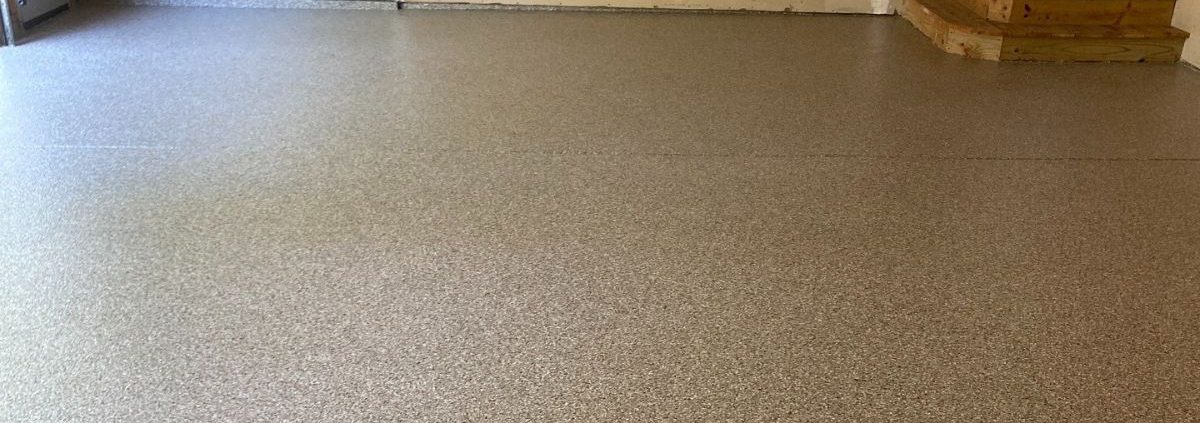The History of Epoxy Flooring: From Industrial Use to Modern Homes
Epoxy flooring has come a long way since its first development in the 1930s. Originally used only in industrial settings, epoxy flooring is now a popular choice for both residential and commercial spaces. In this blog post, we will discuss the history of epoxy flooring, its benefits, and its different types.
What is Epoxy Flooring?
Epoxy flooring is a type of floor coating that is made by combining a resin and a hardener. The resin and hardener are mixed together and then applied to the floor surface. Once the epoxy cures, it forms a durable, waterproof, and chemical-resistant coating.
 The History of Epoxy Flooring
The History of Epoxy Flooring
Epoxy flooring has its roots in the 1930s, thanks to the pioneering work of Swiss chemist Pierre Castan. His discovery of combining bisphenol A and epichlorohydrin resin with a hardener to produce a robust, durable plastic laid the foundation for this versatile material. Initially, epoxy flooring was primarily employed in industrial settings like factories and warehouses, where its resistance to chemicals, abrasion, and impact made it an ideal choice. As time progressed, epoxy flooring’s popularity expanded to commercial spaces such as offices and retail stores in the 1960s, due to its ease of cleaning and maintenance. In recent years, epoxy flooring has gained significant traction in residential settings, offering homeowners a durable, aesthetically pleasing, and low-maintenance flooring option.
Benefits of Epoxy Flooring
Epoxy flooring offers a wide range of benefits that make it a compelling choice for both residential and commercial spaces. Its exceptional durability and resistance to wear and tear ensure long-lasting performance, while its waterproof nature safeguards against moisture damage. Additionally, epoxy flooring’s chemical resistance makes it ideal for areas prone to chemical exposure, such as garages and workshops. Cleaning and maintenance are simplified with epoxy flooring, and its slip-resistant properties enhance safety in areas where slips are a concern. Moreover, epoxy flooring’s diverse range of colors and styles allows it to seamlessly integrate with any interior design aesthetic.
Types of Epoxy Flooring
Epoxy flooring comes in a variety of types, each offering distinct characteristics. One of the most basic types is solid color epoxy, which is available in a wide range of colors. For a more visually striking option, metallic epoxy provides a shimmering, metallic finish in various colors and finishes. Another popular choice is flake epoxy, created by incorporating small flakes of color into the epoxy for a unique, textured appearance. Finally, quartz epoxy, composed of small pieces of quartz mixed into the epoxy, offers a durable and scratch-resistant surface.
Cost of Epoxy Flooring
The cost of epoxy flooring can vary depending on several factors, including the specific type of epoxy chosen, the size of the area to be covered, and the complexity of the installation process. Despite these variables, epoxy flooring is generally considered a cost-effective flooring option compared to other materials.
 Epoxy Flooring: A Quick Overview
Epoxy Flooring: A Quick Overview
Epoxy flooring is a durable, stylish, and easy-to-clean flooring option. It is a good choice for both residential and commercial spaces. If you are considering epoxy flooring for your home or business, be sure to do your research to find the right type of epoxy for your needs.


 The History of Epoxy Flooring
The History of Epoxy Flooring Epoxy Flooring: A Quick Overview
Epoxy Flooring: A Quick Overview










Leave a Reply
Want to join the discussion?Feel free to contribute!